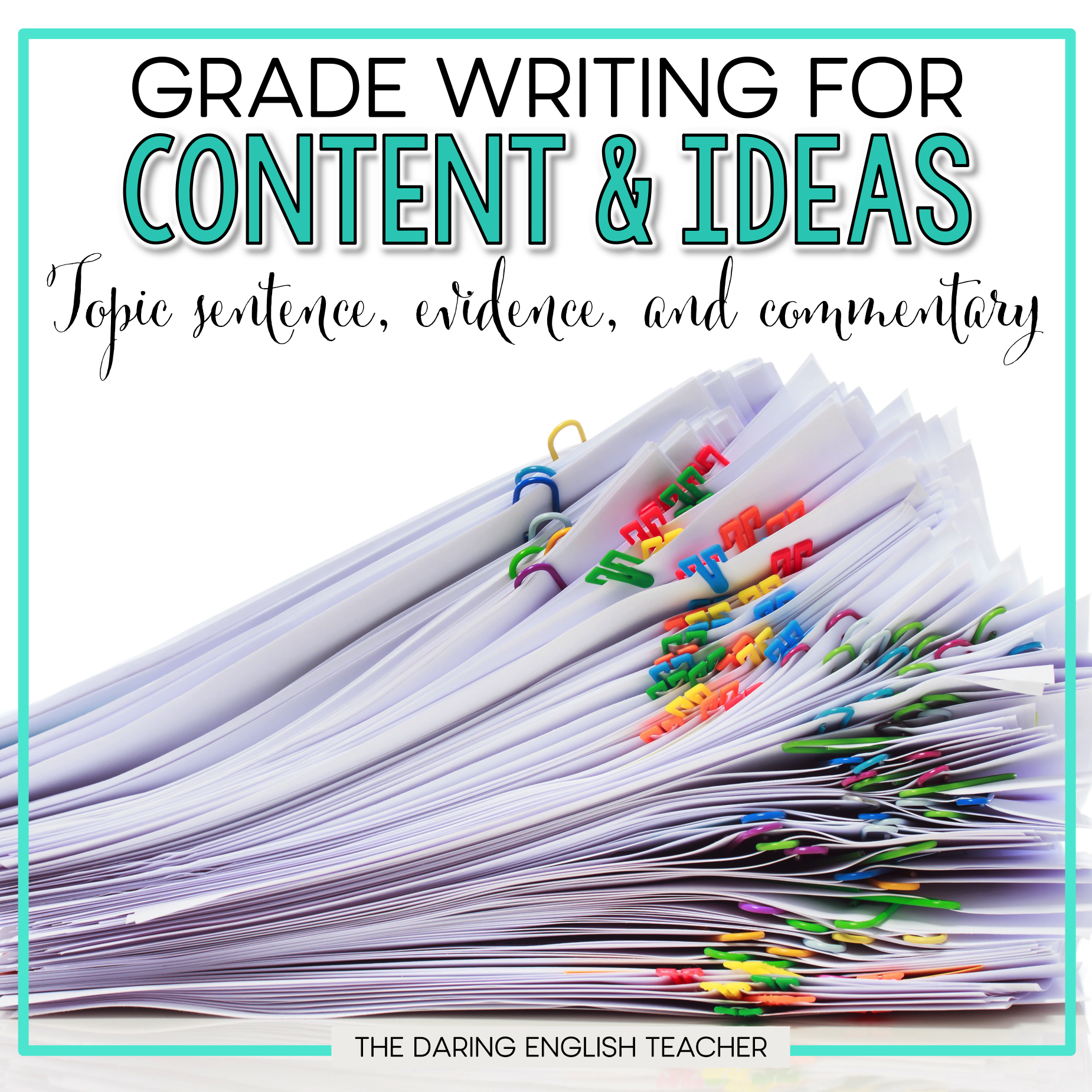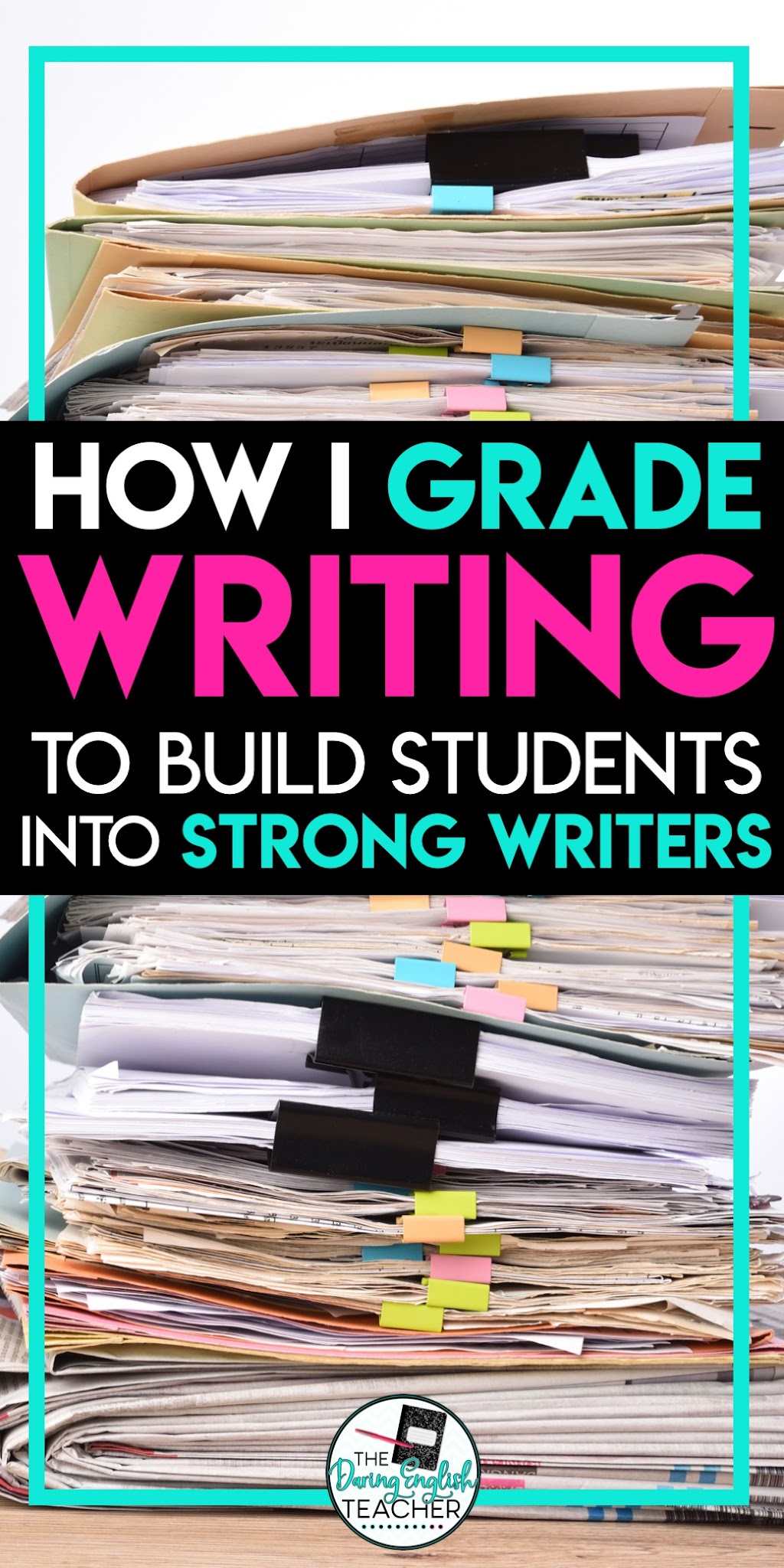If there are two things my students know, it is that I assign paragraphs often and that I grade them rather harshly -especially in the second semester. It’s not that I want my students to fail, or that I have a fear of assigning too many As, but more so, this is because I want them to succeed.
Students need to master how to write a paragraph before they can tackle an essay. I want my students to be able to write a defined and well-supported paragraph when they leave my classroom so that they are more confident when they need to write an essay. Also, as students get ready to take high-stakes standardized tests, they need to be able to respond to a prompt, provide evidence, and support the evidence in their writing.
I typically assign a paragraph every week in my class. The paragraphs are related to what we studied, and I follow a traditional Jane Schaffer format. I expect that my students can produce a clearly-defined topic sentence, related evidence, and supporting commentary and explanation. Their paragraphs are typically worth 20 points each. Students receive 5 points for their topic sentence, 5 points for their evidence, and 5 points for their commentary. The remaining 5 points are given based on grammar, cohesion, mechanics, and overall if students truly demonstrate their understanding of the topic. Even if the paper is filled with grammatical mistakes, the most I take off is 5 points. One reason why I do this is that many of my students learn English as a second language, and I believe that assigning punitive grades for grammar does them a disservice. When I grade harshly, I am looking primarily for content and ideas.
If the student is missing a topic sentence, or if it is off-topic, they do not receive the 5 points. If the student is missing evidence, if their evidence is not related, or if their evidence is too generic, they do not receive the 5 points. If the student is missing the commentary and explanation, they do not receive the 5 points. If the student does not answer the writing prompt, they receive zero points.
In order for this to work, I make sure that I provide my students with detailed comments and I provide them with an opportunity to redo their paper for full credit.
When I write comments on papers, I try to be as detailed as possible. When students need to be more specific, I prompt them with questions that will help them be more specific. If students need to include better commentary, I begin the sentence for them or provide them with different routes to take. Once students receive their paragraphs back, I allow them to redo the paragraph for full credit because this is where I believe the real learning takes place. Providing students with the opportunity to learn from their first drafts, revise their writing, and resubmit for a better grade encourages students to work all the way through the writing process. It also shows the students that you care about their learning.
While thoroughly grading 100+ paragraphs takes quite a bit of time, this strategy will pay off in the long run. Ever since I started grading paragraphs with a critical eye, I’ve seen improvements not only in their paragraphs but also in their essays. This is something that transfers from paragraph writing to essay writing. I’ve also noticed that the more paragraphs I assign, the less time it takes to grade as the year progresses. As my students learn how to write better, I find myself writing more checkmarks (my sign for “yes,” “great point,” etc.) on papers instead of detailed comments.
Toward the end of the year, it is so rewarding to see genuine growth. With the growth comes newfound confidence in their writing abilities.
Here are some teaching resources that might interest you:Common Core Writing Rubrics
Essay Writing Unit
Ultimate Writing Bundle







2 Comments
I love this idea and would really love to apply it. Can you start me out by giving me some of the topics you've assigned in the past that seemed to give them enough to work with? I have 7th grade GT English students so it's not like they don't have plenty to say but they need to work on harnessing all of those thoughts.
Thank you so much. Some topics I've assigned for this are for students to identify three reasons why it was difficult for authorities to identify Christopher McCandless' body from Into the Wild. For rhetorical analysis, I have students state whether an author produced an effective argument and why. This method of grading can be used with any writing that requires students to cite textual evidence.